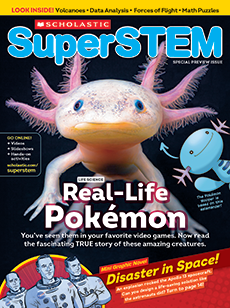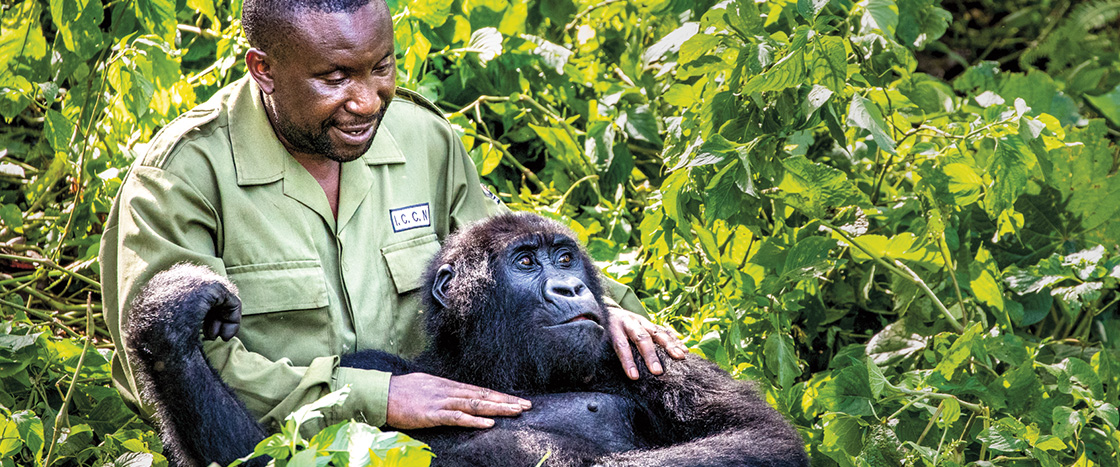© Skyler Bishop for Gorilla Doctors (Gaspard Nzayisenga)
Veterinarian Gaspard Nzayisenga
Veterinarian Gaspard Nzayisenga (zah-yee-SEN-gah) works near a national park in the Central African country of Rwanda. One day in July 2020, a call came over the radio. A baby mountain gorilla was caught in a snare, or animal trap, that someone had set to catch antelope. The baby’s family had tried to pull the baby free, but that only tightened the snare.
Nzayisenga is part of an organization called Gorilla Doctors. It is one of several groups working to protect mountain gorillas and their habitat. Mountain gorillas are a subspecies of eastern gorilla. They are found only in the mountains between Rwanda, Uganda, and the Democratic Republic of the Congo (see High-Up Home, below). The gorillas are endangered, so protecting each individual animal is important.
Gaspard Nzayisenga (zah-yee-SEN-gah) is a veterinarian. He works near a national park in the Central African country of Rwanda. A call came over the radio one day in July 2020. Someone had set a snare to catch an antelope. But the animal trap had caught a baby mountain gorilla instead. The baby’s family had tried to pull it free. But that only tightened the snare.
Nzayisenga is part of a group called Gorilla Doctors. It works to protect mountain gorillas. They’re a subspecies of eastern gorilla. Mountain gorillas’ habitat is between Rwanda, Uganda, and the Democratic Republic of Congo (see High-Up Home, right). The gorillas are endangered. So protecting each animal is important.
Gorilla Doctors treat sick or injured gorillas. Then they release the animals back into the wild. They also treat orphaned gorillas at a sanctuary in the region.

